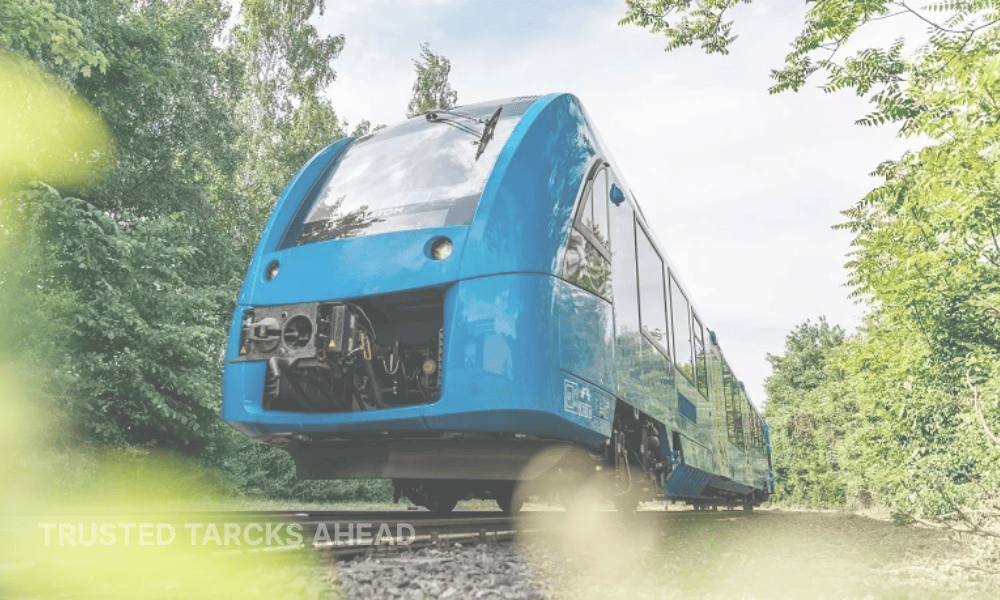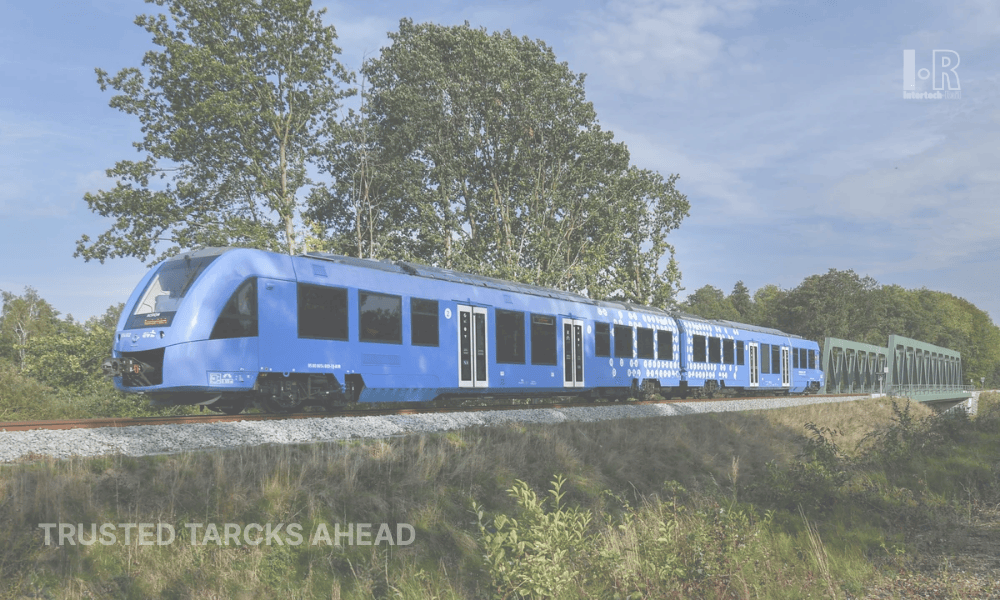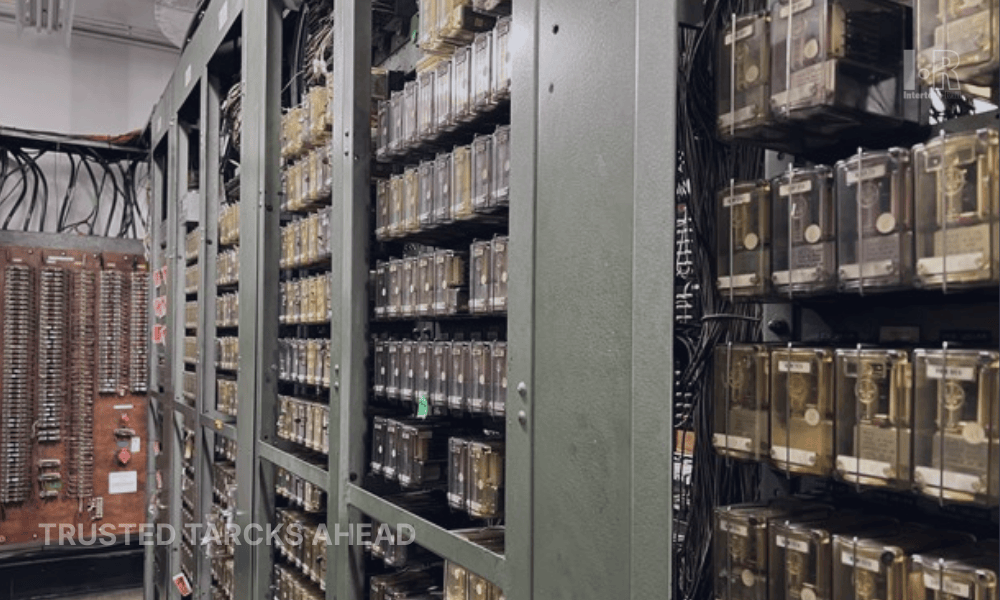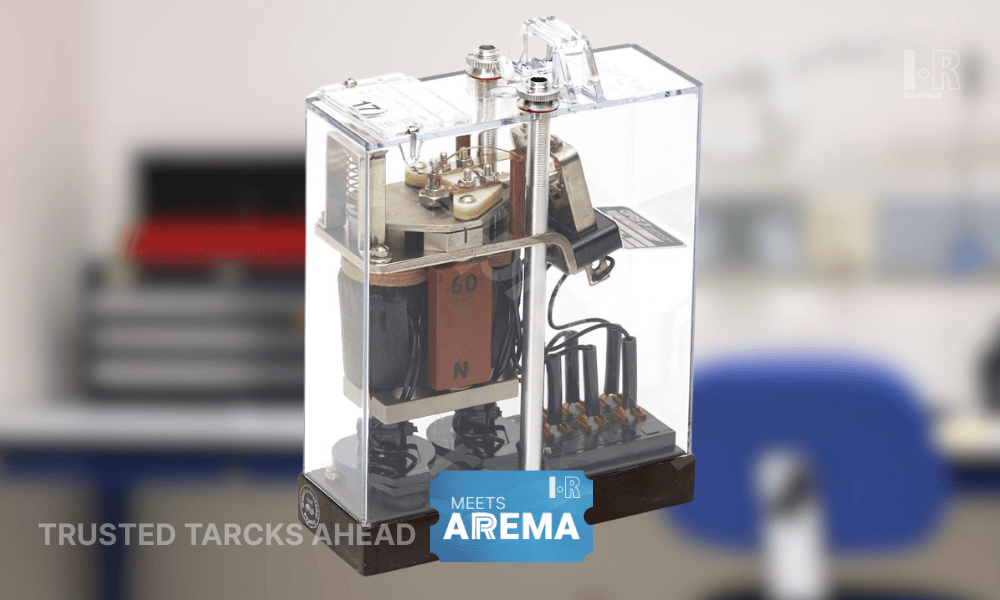Hydrogen Rail Technology
Hydrogen Rail Technology: Fuel Cell Systems and Zero-Emission Propulsion for the Future of Rail

Introduction to Hydrogen Rail Technology
People in rail have been talking about hydrogen for years, but now it is rolling in real service. The idea behind hydrogen rail technology
is simple: run trains with tanks and stacks instead of diesel engines or overhead wires. Hydrogen trains
give range without electrification and produce zero emissions where they run. That is the promise, and that is why governments and operators are paying attention.
Hydrogen as a Railway Fuel Source
Hydrogen is not burned. It goes through
fuel cell systems, where the chemical reaction generates electricity. This is called fuel cell propulsion, and the only exhaust is water. For regional lines without wires, this looks attractive. You skip the catenary, avoid substations, and just refuel the train. Easy to say, harder to implement, but still one of the cleanest options on the table.
Hydrogen vs. Diesel, Hydrogen vs. Electric
When you line them up, the picture is clear. Hydrogen vs. diesel, hydrogen cuts noise, cuts smoke, no particulates, no CO₂. Hydrogen vs. electric
is another debate. Electric is efficient but expensive to build. Hydrogen removes the wires but adds tanks, depots, and new skills for maintenance. Crews need training, safety procedures are different, and the efficiency gap is real. In practice, it is a trade-off, not a simple win or loss.
Global Market Trends and Adoption
This is not a theory anymore. Germany has trains in regular use, Japan is testing commuter prototypes, and other countries are following. The pace is tied to policy.
Government policies and investment
provide the push, with subsidies, pilot lines, and decarbonization targets. Without that, adoption would be slower. With it, more networks are willing to try.
Technical Systems and Components
Inside the train, the stack is the center. The fuel cell propulsion
unit, often PEM, produces current for traction. Around it are the tanks. Hydrogen storage
is no small matter; trains depend on onboard storage systems designed for high pressure. Tanks go on the roof, sometimes under the floor, but always with safety as the first rule. Weight and crashworthiness matter as much as volume. And refueling infrastructure is still thin, so logistics often decide whether a project works or not.
Hybrid Systems and Energy Management
Few fleets run pure fuel cell only. Most designs pair cells with batteries or capacitors. That way, braking energy goes back into the system, acceleration is smoother, and the cells last longer. Operators like this hybrid mix, it feels closer to electric traction while keeping the freedom of a non-electrified line.
Hydrogen rail technology is not finished, not perfect, but it is moving fast. The discussion of hydrogen vs. diesel already feels decided in favor of hydrogen, at least where cost is manageable. Against electric, the argument is about infrastructure versus flexibility. What is clear is that with proven fuel cell propulsion, safe onboard storage systems, and steady
government policies and investment, hydrogen trains are leaving the pilot stage and becoming part of daily operations.





